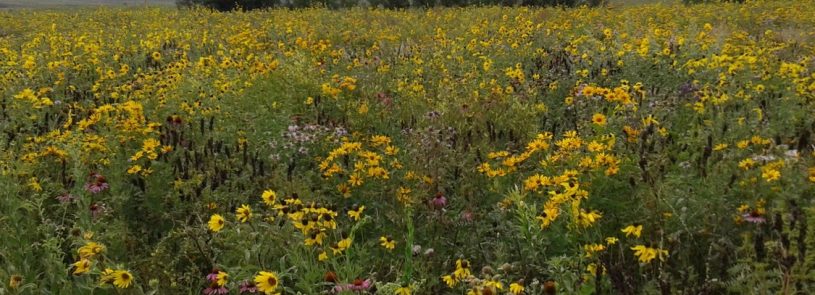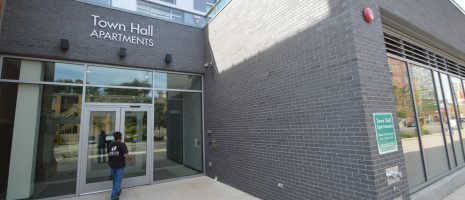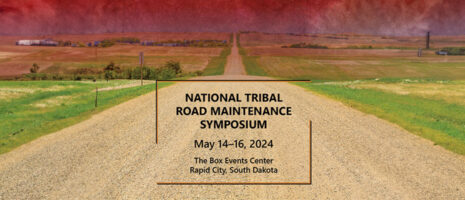Restoring prairie landscapes crucial for monarchs and other pollinators

By Paul Clinton
As a landscape architect, I find it deeply satisfying to watch the annual spring return of prairie plant communities. One of my favorite projects is monitoring the pollinator plantings at five South Dakota Department of Transportation (SDDOT) rest areas in the eastern part of the state.
SDDOT embarked on its Rest Area Pollinator Habitat Plots three years ago in conjunction with the South Dakota Monarch Conservation and Management Strategic Plan. The project’s purpose is to establish and increase habitat for the monarch butterfly and other pollinator species, providing food, shelter, and nesting resources on state land. The plots cover 54 acres (varying in size from 8.5 acres to 13.5 acres) and are located at five rest areas in Roberts, Moody, and Deuel counties along the north-south I-29 corridor, which corresponds to part of the monarch butterfly migration route.
South Dakota’s rural landscape consists of a mix of agriculture and rural urbanization. The fragmentation of the former prairie restricts many species to narrow road corridors as they migrate through the landscape. To enhance the migration corridor, landscape nodes or wide spots in the corridor were added at the rest areas. These landscape nodes benefit many species by providing a larger and more diverse area for food and shelter. By planting wildflowers and native grasses and converting previously managed landscapes into naturalized habitats, SDDOT has enhanced the resilience and sustainability of the landscape. The conversion of these rest areas also improves the greater landscape by improving water infiltration to the soil and increasing the diversity of plant species.
IMEG worked with SDDOT and the contractor to create a pollinator seed mix of over 50 native flowers and grasses, modifying the base mix to meet site conditions of wetland areas and include species that bloom in the spring, summer, and fall. The challenge in developing a management strategy, however, is balancing the use of available tools and techniques to determine what approach will be the least damaging to pollinator insect species while controlling invasive and noxious weeds. As a result, we have implemented spot spraying and mowing techniques that focus on the areas with the greatest infestation.
Looking at the emerging beauty of the landscape in the spring, it’s no wonder that April is when we celebrate Earth Day as well as World Landscape Architecture Month. Wherever you live, take time to seek out a pollinator habitat, restored prairie, or other natural landscape nearby. Creating, preserving, and re-introducing these spaces is vital for the environment, and I’m proud to be a part of the effort.












